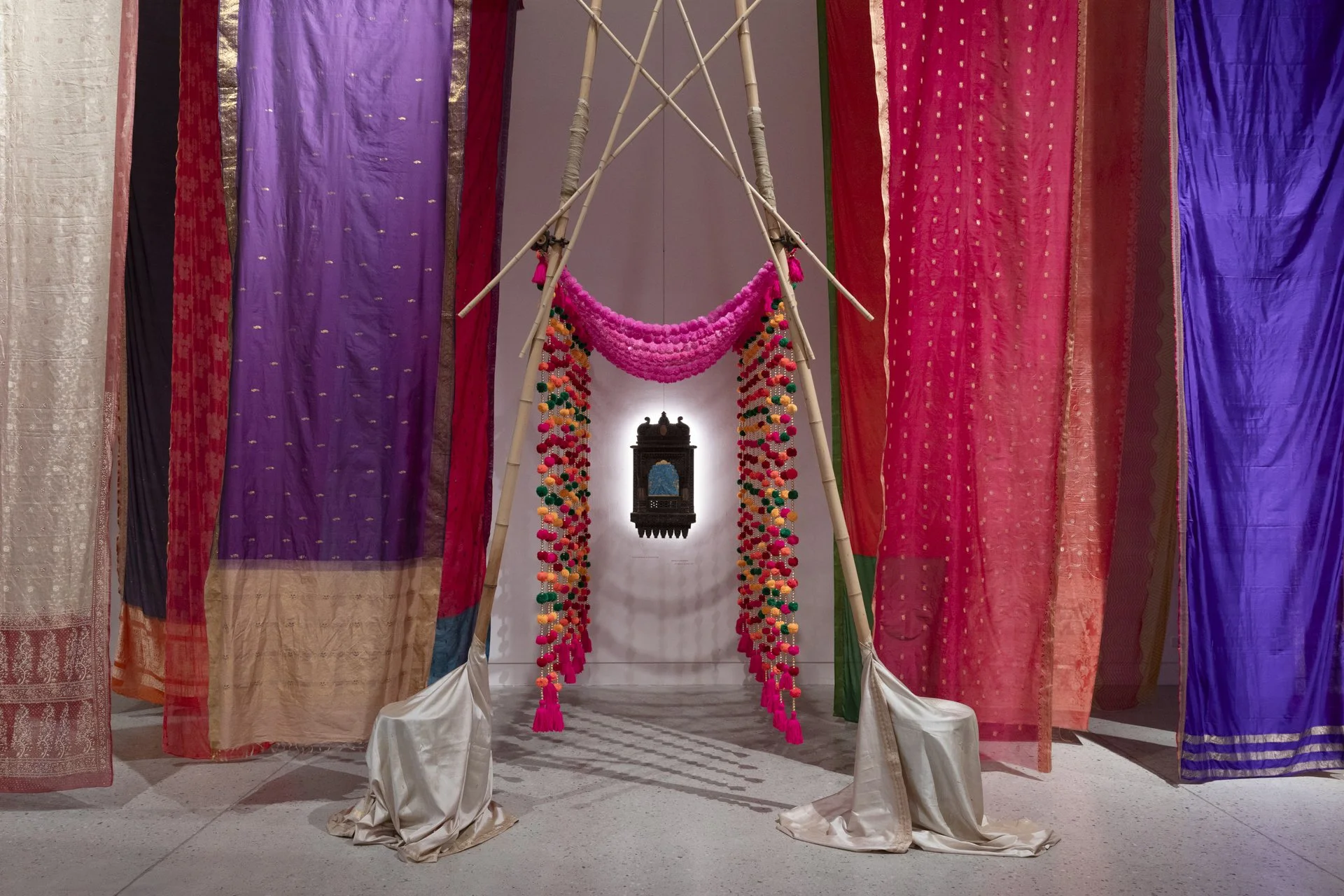
Sari: Anjum Olmo
26 April – 8 June 2025
Blue Mountains Cultural Centre
Sari is a deeply intimate journey into the traditions, self-expression and expansive nature of the Sari garment, by Australian-Indian artist Anjum Olmo. This exhibition is a reclamation of the artist’s Indian heritage, weaving together nostalgia and cultural identity with her connection to the beautiful Blue Mountains.
Olmo’s practice considers the ever-changing nature of maintaining equilibrium between her South Asian and Australian cultural identities. Sari celebrates the personal journey the artist has embarked on, to cultivate a wholistic identity which respects both past and present.
The story of the Sari begins in India. Translated from Sanskrit, it means a strip of cloth. The Sari is a garment that doesn’t require any stitching, it comes off the loom and is ready to wear. Indian women have been wrapping themselves in Saris for centuries. The humble Sari is a symbol of national pride in India, maintaining its strength as a symbol of continued traditions, master craftsmanship, and self-expression.
Historically, the Sari was worn without undergarments. After the arrival of colonisation and the appointment of a British Raj in India, a blouse and petticoat were included in the construction of the Sari. This addition reflected the conservative colonial agenda of the time and continues today. The Sari remains the traditional dress code for women in South Asian countries such as Pakistan, Bangladesh and Nepal. Irrespective of cast, religion or creed, everyone wears the Sari.
The Sari is also worn for practical reasons due to the hot Indian climate, and the modest dress code of Hindu and Muslim communities, who often wear a plain cotton Sari for everyday use. There are over eighty different ways to drape a Sari. Each state in India has its own aesthetic utilising various fabrics, motifs, lengths and widths of the garment. Contemporarily, there is a resurgence of the Sari as an act of resistance. The Saree Not Sorry Campaign was in response to many women of colour not feeling comfortable in their culture, especially after immigrating. The Sari has simultaneously become a medium to express femininity and to convey political messages in India.
This exhibition honours the call to acknowledge and preserve South Asian cultural heritage through texture, colour and pattern. Sari gently encourages the audience to consider the importance of cultural practices in the modern context of globalisation. Here we observe the dismantling and reconstruction of the self, underlining the importance of honouring one’s truth as an act of radical self-care.
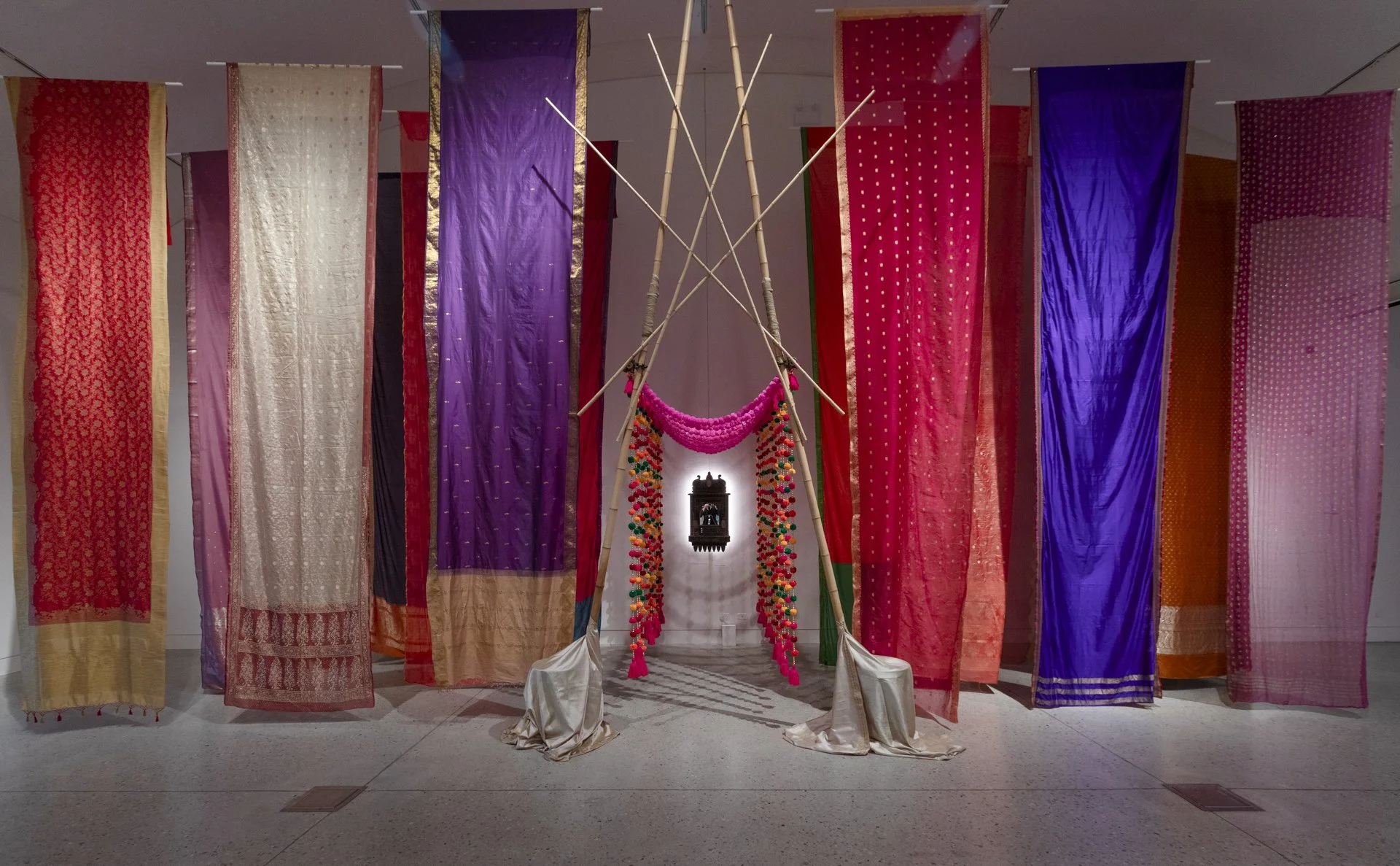
SARI: ANJUM OLMO Sari Temple 2024 - 2025. image credit: silversalt photography
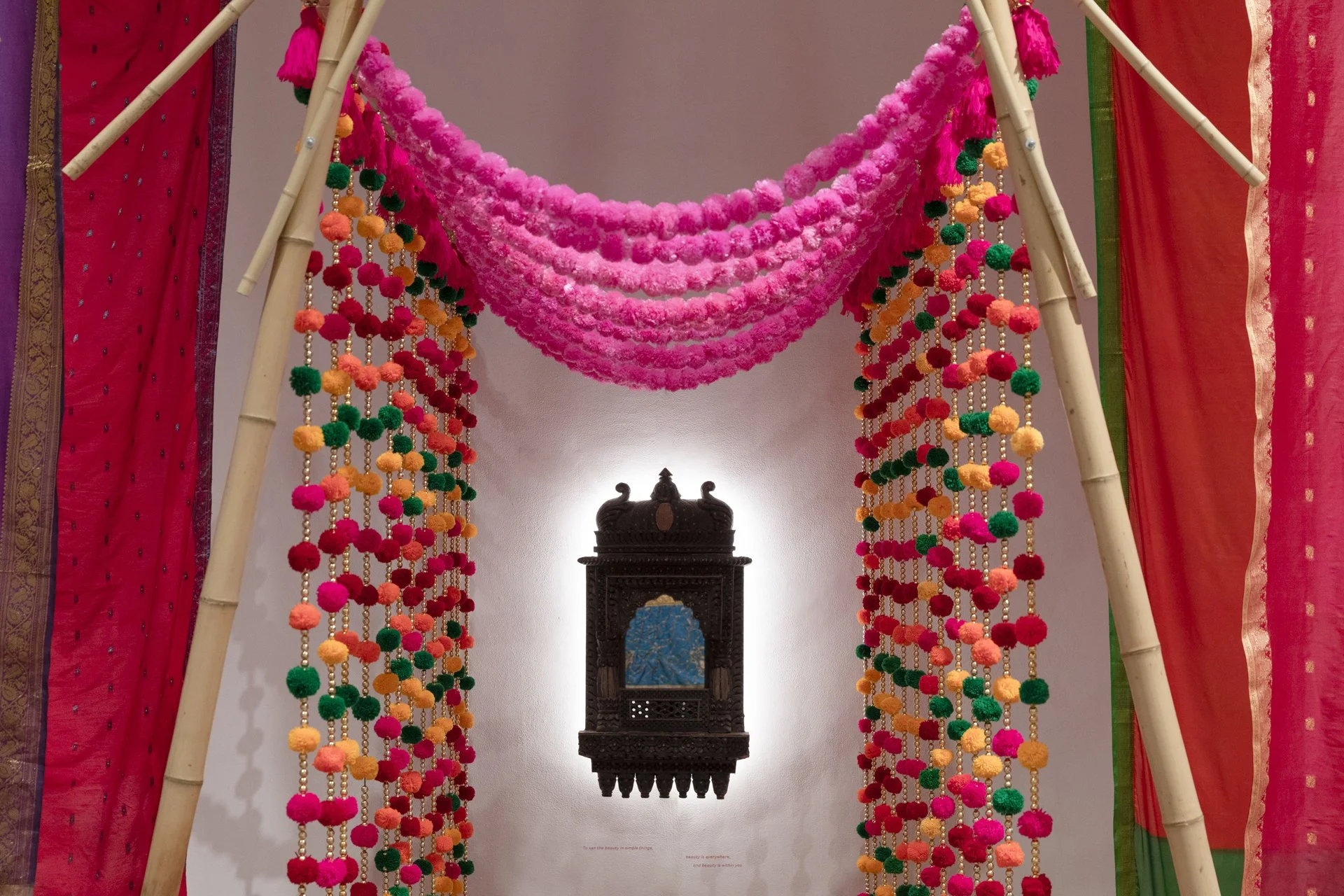
SARI: ANJUM OLMO Sari Temple (detail) 2024 - 2025. image credit: silversalt photography

SARI: ANJUM OLMO Sari Temple (detail) 2024 - 2025. image credit: silversalt photography
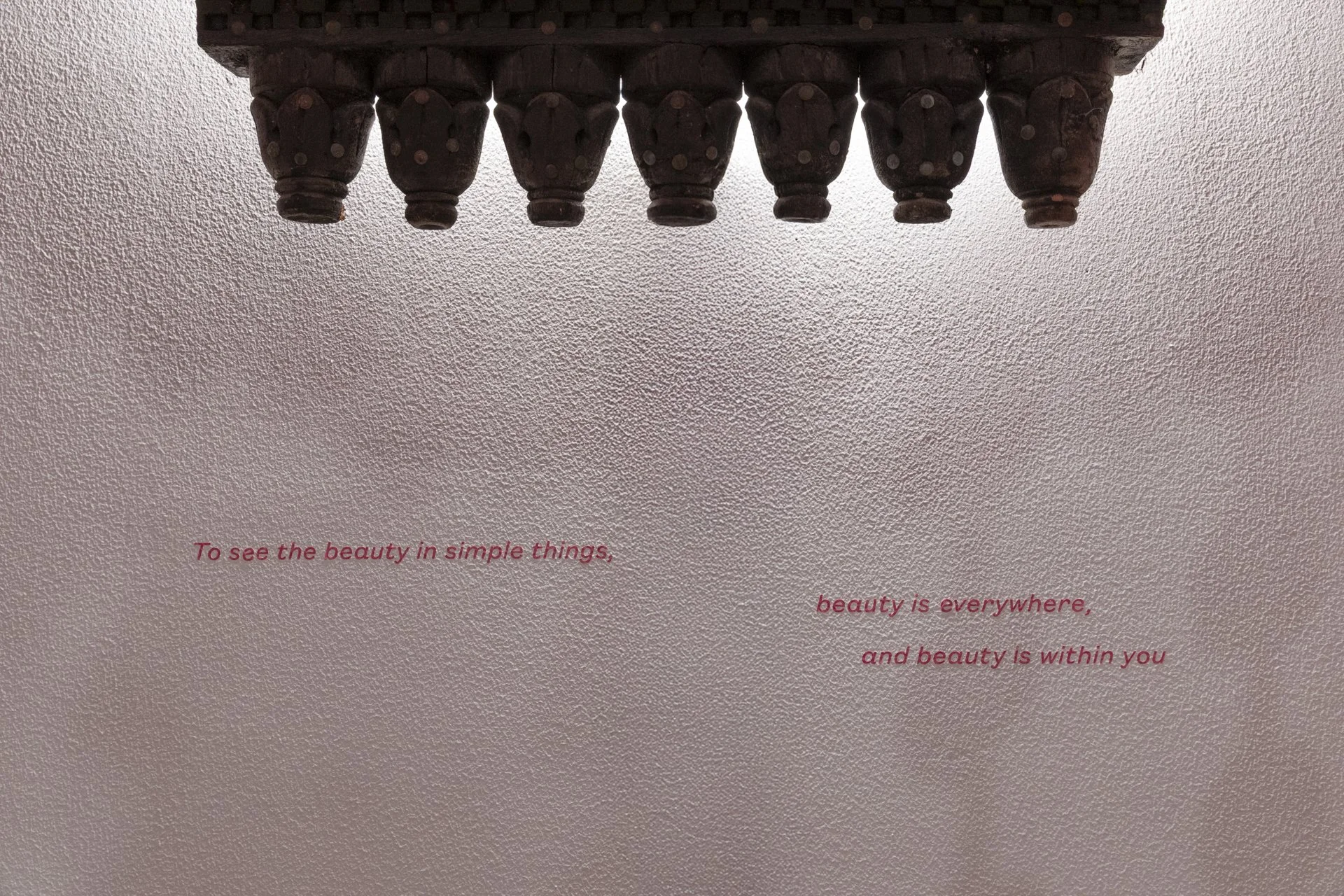
SARI: ANJUM OLMO Sari Temple (detail) 2024 - 2025. image credit: silversalt photography
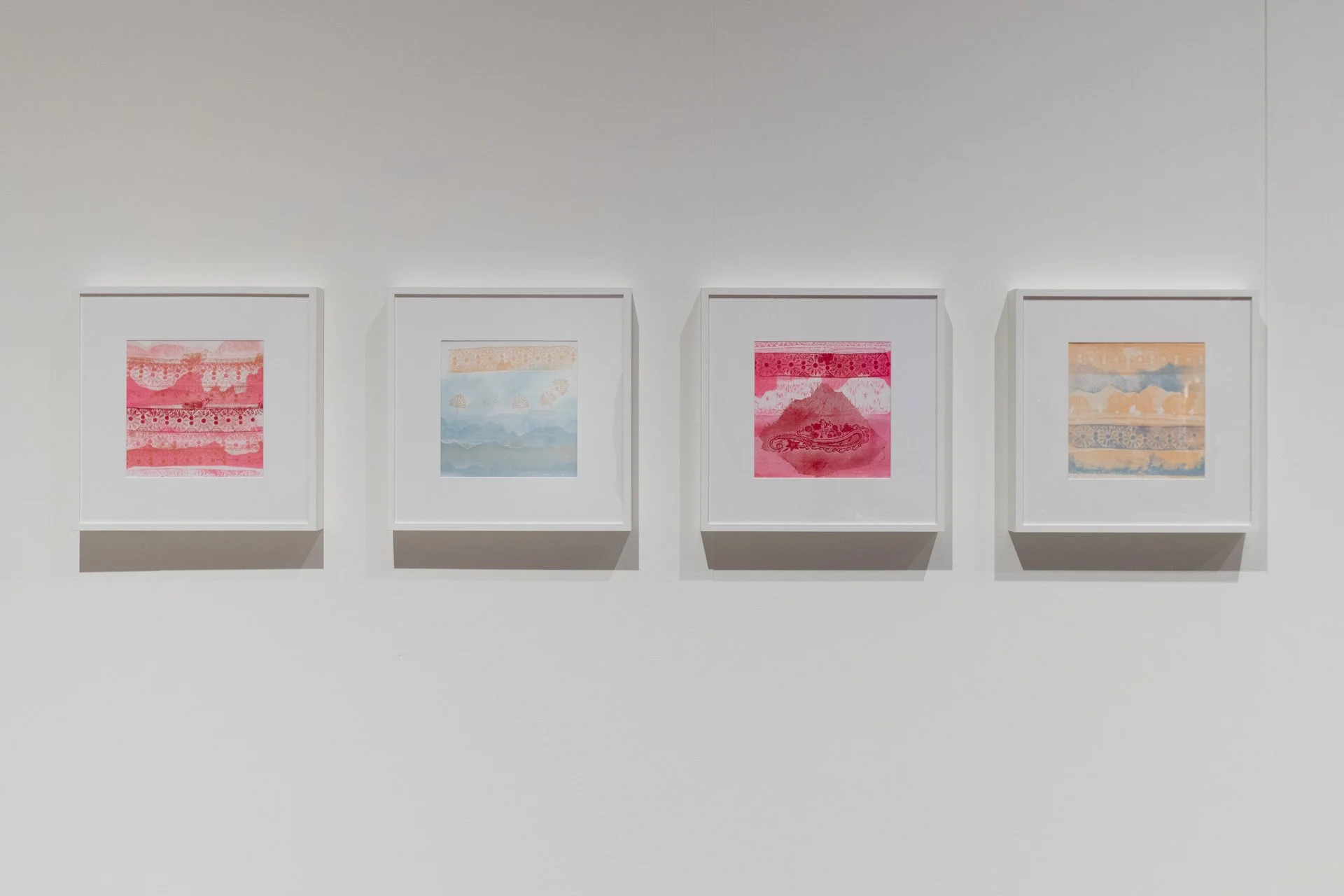
SARI: ANJUM OLMO Mountain Dreaming series 2024. image credit: silversalt photography
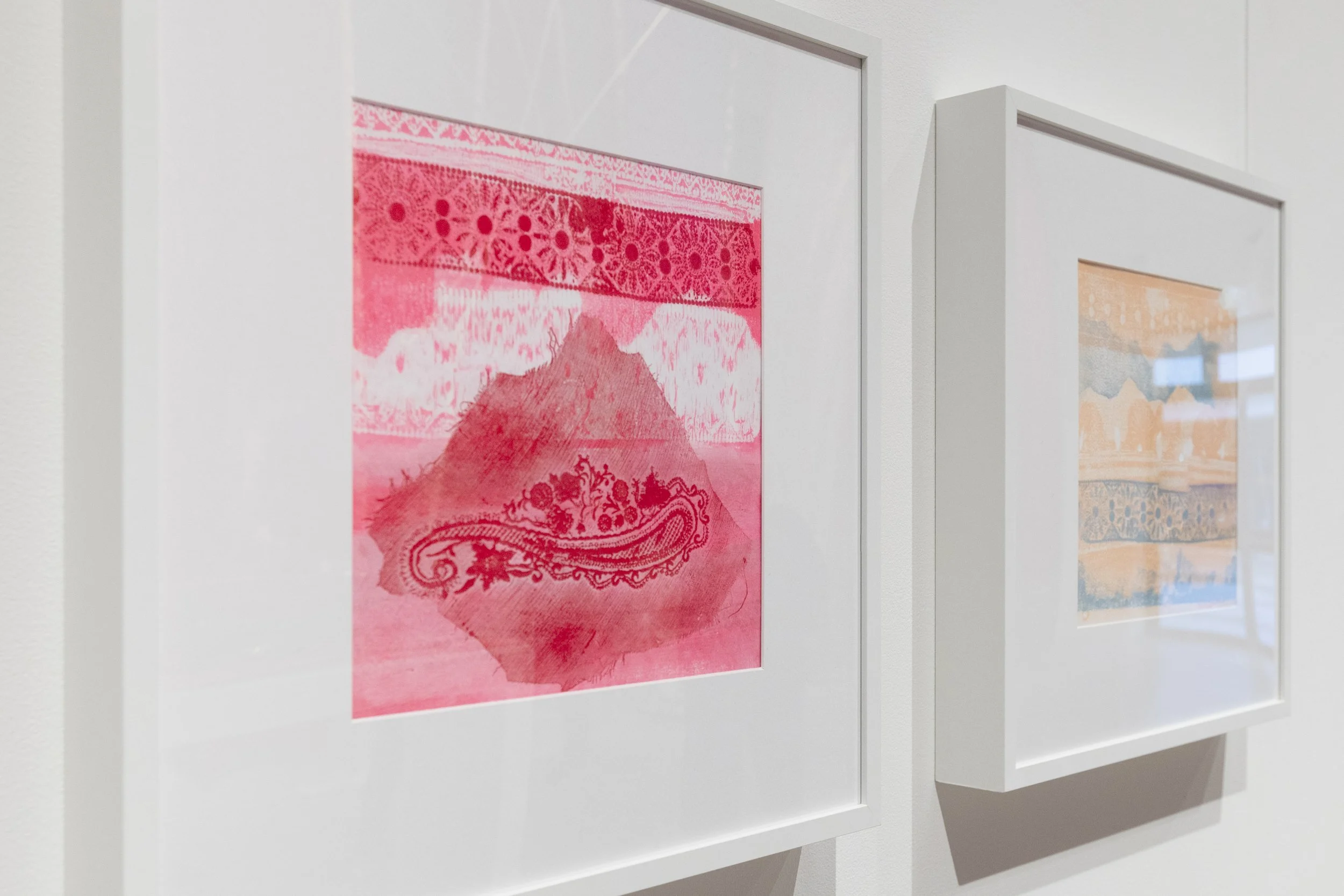
SARI: ANJUM OLMO Mountain Dreaming series (detail) 2024. image credit: silversalt photography
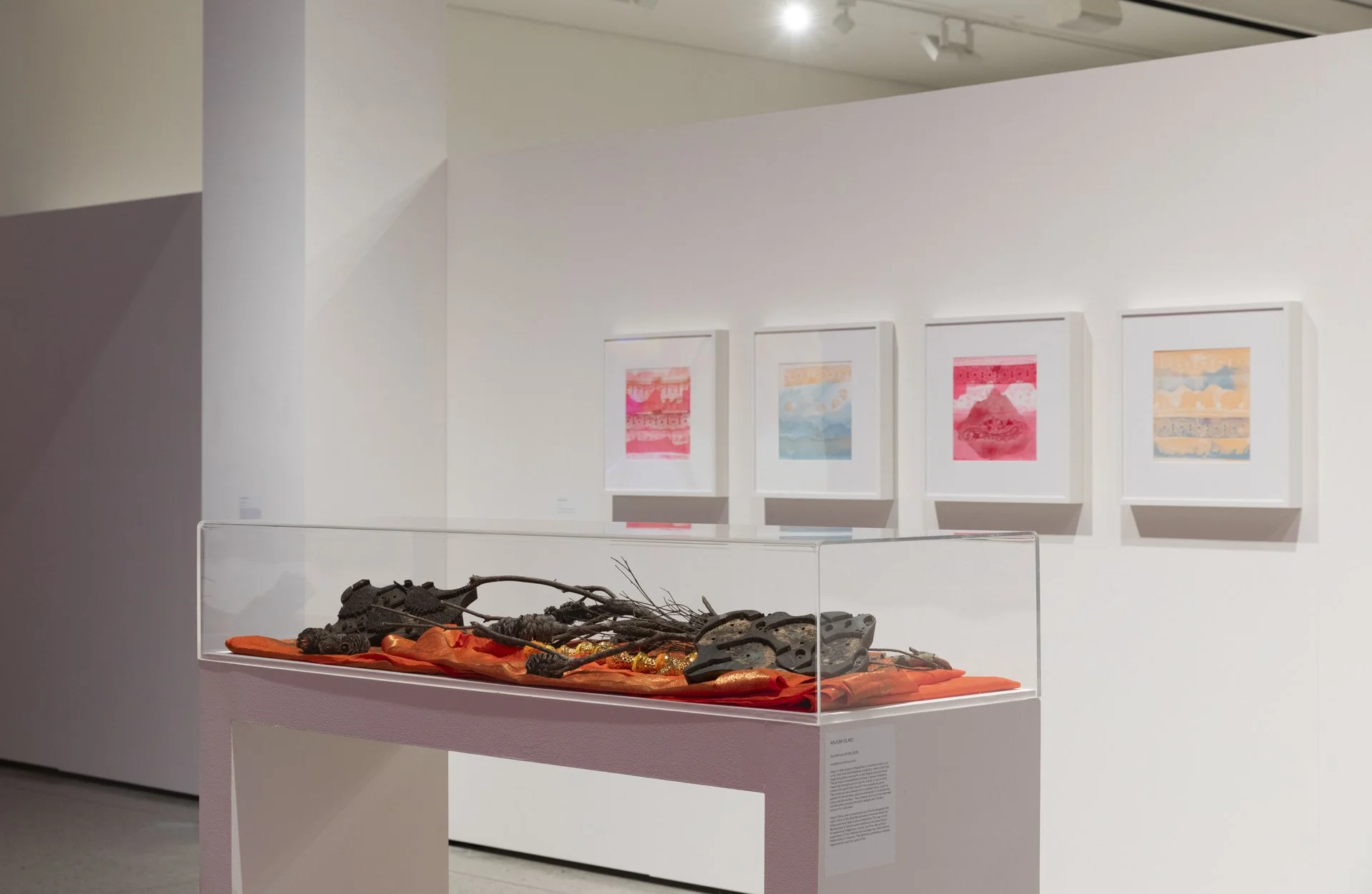
SARI: ANJUM OLMO installation view 2025. image credit: silversalt photography
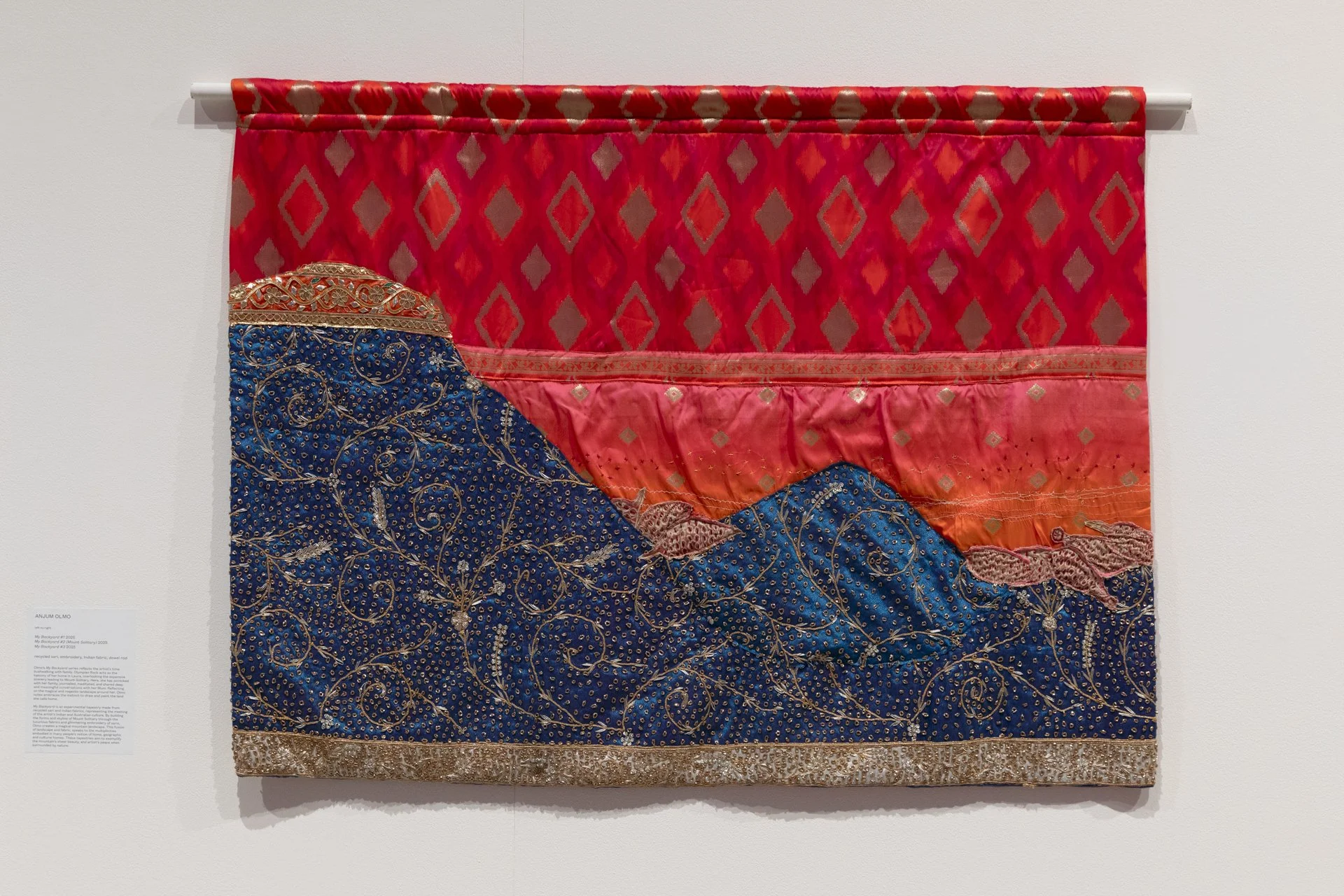
SARI: ANJUM OLMO My Backyard #1 2025. image credit: silversalt photography
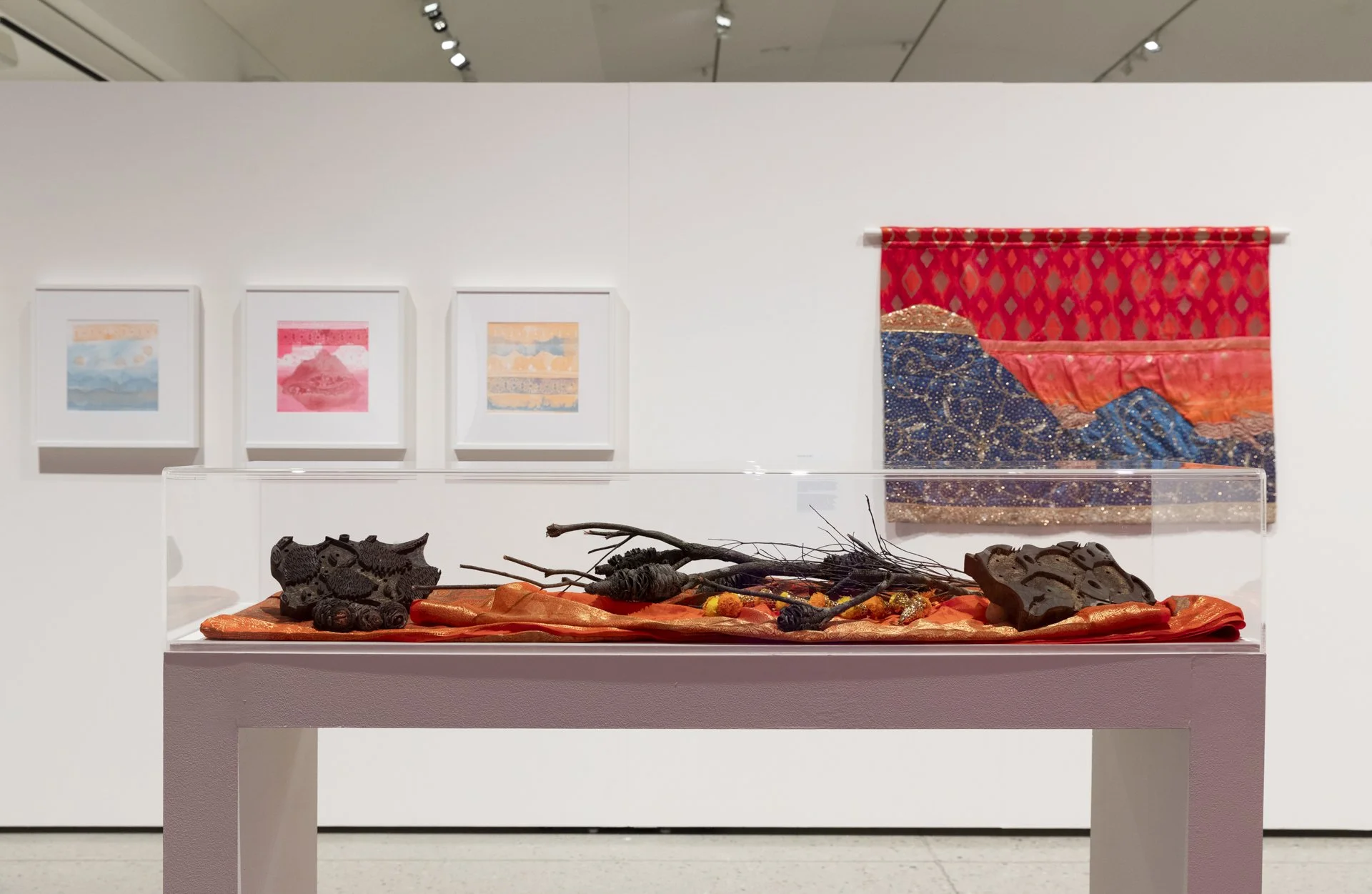
SARI: ANJUM OLMO installation view 2025. image credit: silversalt photography
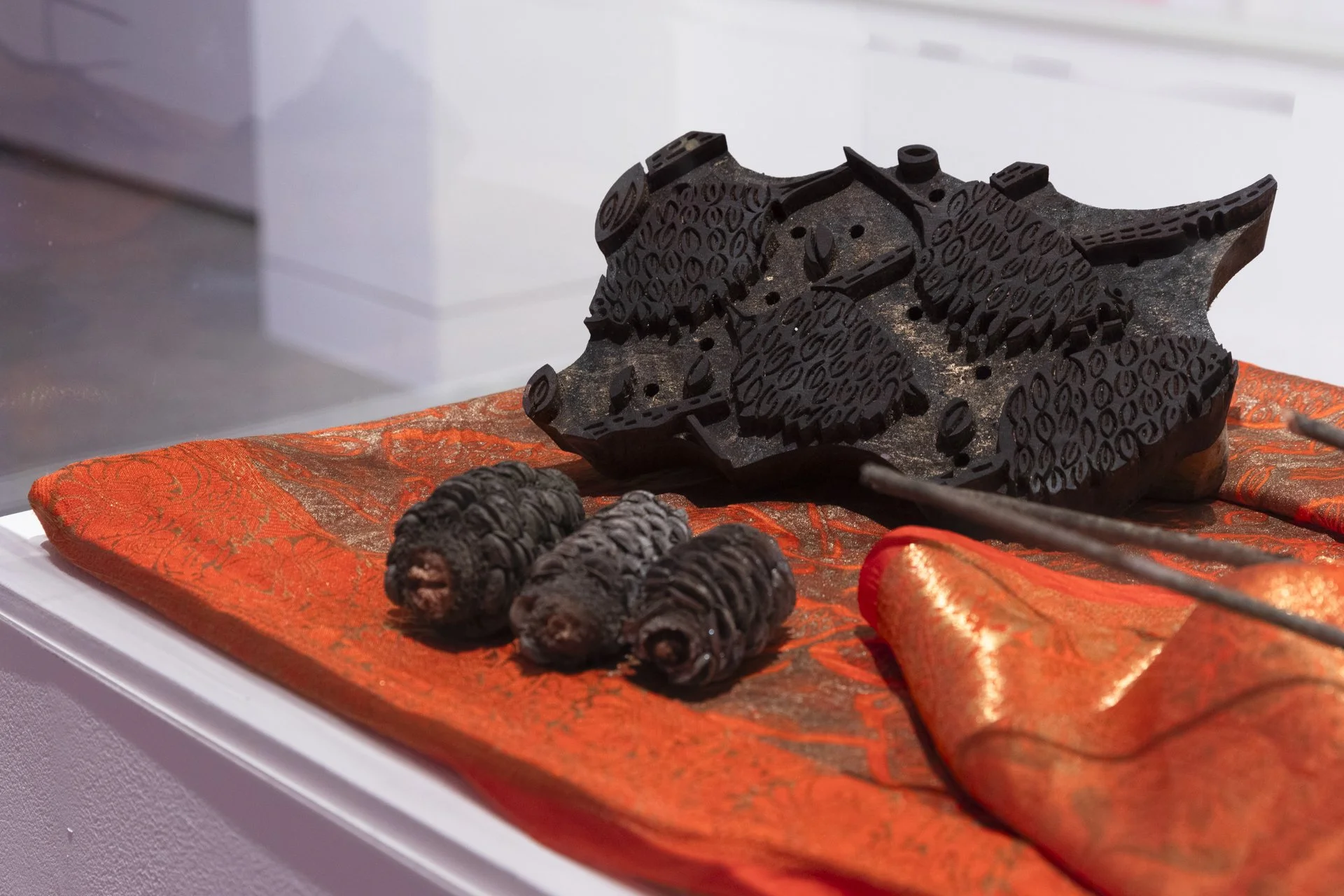
SARI: ANJUM OLMO Equilibrium #3 2025. image credit: silversalt photography
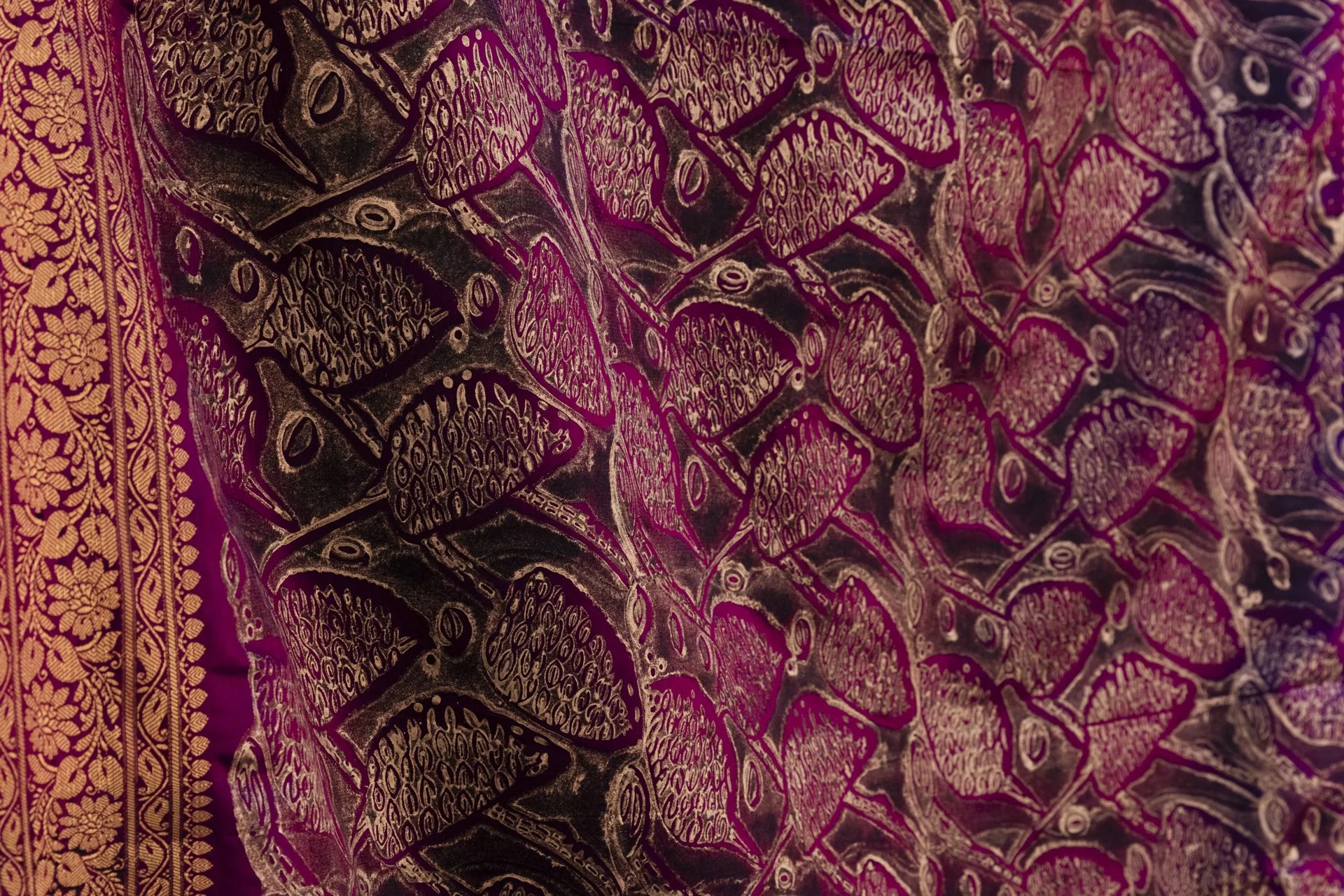
SARI: ANJUM OLMO Equilibrium #1 2025. image credit: silversalt photography
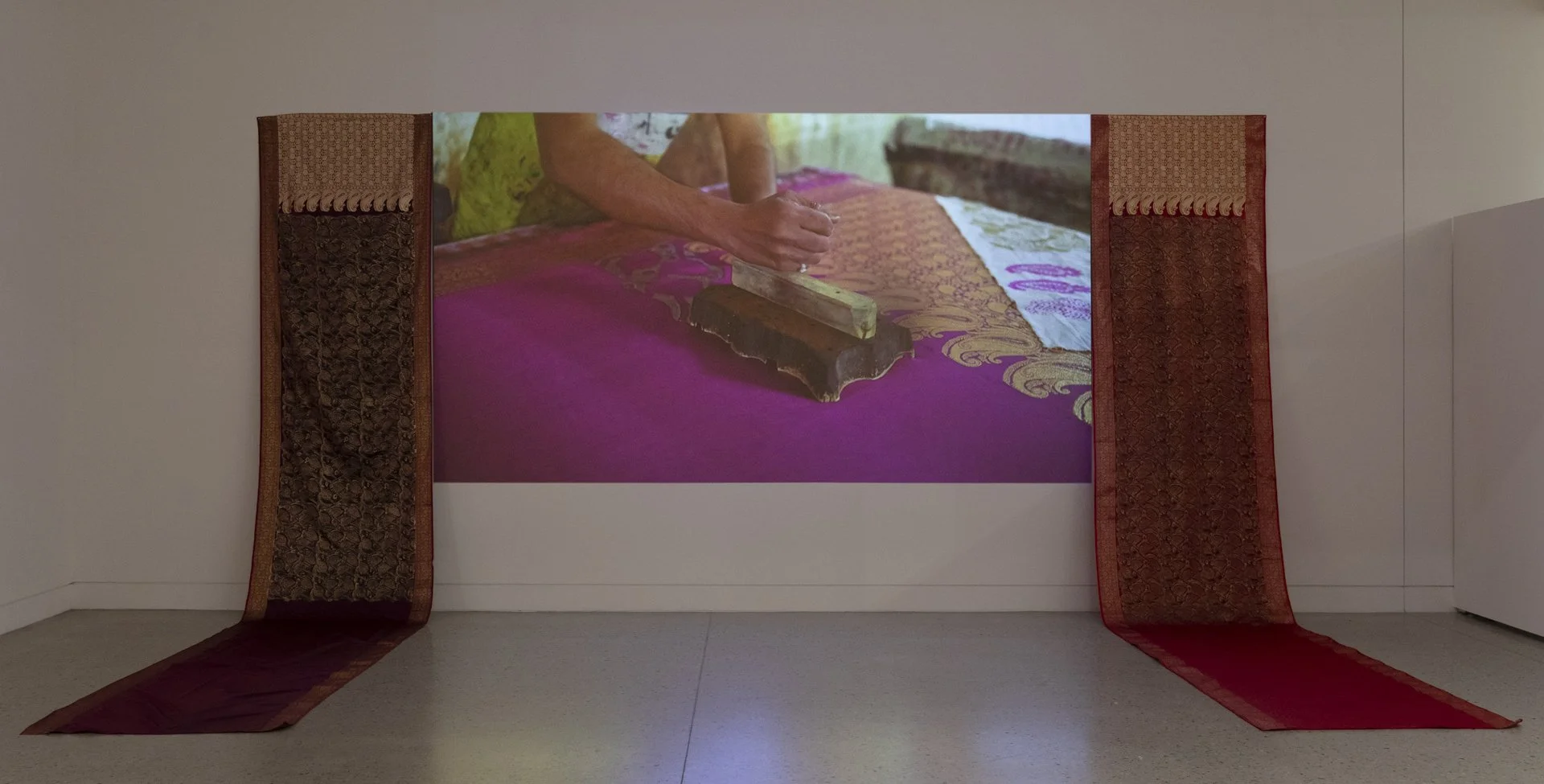
SARI: ANJUM OLMO Pink City 2024. image credit: silversalt photography